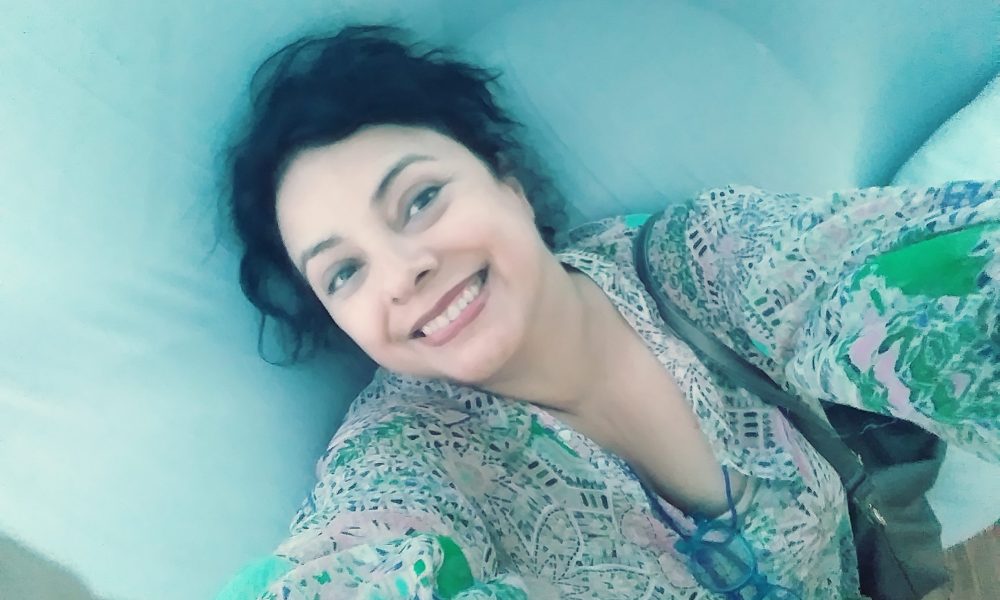

Today we’d like to introduce you to Katherine Chacon.
Katherine, let’s start with your story. We’d love to hear how you got started and how the journey has been so far.
I think that when an individual is an immigrant, then that person has more than one story. Being an immigrant involved a re-start and leaving a previous life behind. In Venezuela, I had a career of almost 30 years in the visual arts. I started very young, at the Museum of Fine Arts in Caracas where I eventually became Chief Curator of Latin American Art. Shortly after, I began a career as a cultural manager, being appointed Director of the Armando Reverón Museum. Later, I directed the Museum of Print and Design Carlos Cruz-Diez and then the Alejandro Otero Museum, both in Caracas. At the same time, I curated a number of Venezuelan and Latin American art exhibitions and researched and wrote quite a few art and critical texts. I have written several books, including “Art in the Venezuelan Landscape,” a comprehensive survey of landscape painting in Venezuela from the colonial days to the present, and “El Bolívar de Torano,” recently published. I arrived in Miami almost two years ago. I felt a little afraid to re-start a life in a new country, with a different language and different cultural issues. Although Miami is a very Latin city, it was a challenge to involve myself in its cultural environment. However, I’m fortunate because I have had the opportunity to work in my field continuously. In 2017, I co-curated, along with the American curator Jim Peele, my first exhibition in the city, “Surreptitious Stripes” by the Cuban artist Francisco Masó. I’ve been able to give talks, participate in forums, and lead public conversations with artists. I’ve also written articles, essays, reviews, and even three books about contemporary Latin American art and artists, including the Argentine painter and printmaker, Martha Zuik.
We’re always bombarded by how great it is to pursue your passion, etc – but we’ve spoken with enough people to know that it’s not always easy. Overall, would you say things have been easy for you?
My journey has been far from smooth but I am convinced that a positive outlook is the best way to go. My career has been full of many pleasant and uplifting episodes and constant growth. I have met wonderful people from whom I have learned a lot, and my work has been fairly valued. But, like everyone else, I have also faced tough, even dire, situations. One of them was the disappearance—that’s right, the disappearance—of the Armando Reverón Museum, which I directed, during the mudslides that affected the Venezuelan central coast at the end of 1999. It was extremely painful to deal with the loss of “El Castillete,” Reverón’s home and studio, an emblematic and referential construction for Latin American art. Not only did I have to deal with the loss of the edifice and many artworks, indeed with total institutional devastation, but also with the dire emergency situations that the members of my staff were living through. Too, it was also very hard to say goodbye to my career in the Venezuelan museums, which I started at the age of 23 in the Museum of Fine Arts in Caracas, due to the gradual consolidation of governmental control and the subsequent erosion of proper managerial, administrative and museological conditions. In 2008, when I resigned as Director of the Alejandro Otero Museum in Caracas, the circumstances were simply unacceptable. But again, I feel fortunate that I had the opportunity to work in Venezuela’s museums and other institutions linked to art. Sharing ideas with artists, curators, and creative, sensitive people is one of the great privileges that someone can have, and often fun and entertaining!
We’d love to hear more about your business.
I am a curator, critic, and researcher in the visual arts. As a curator, I have worked for both public and private institutions and have organized dozens of exhibitions throughout Latin America and in Miami. I was the Commissar of the Venezuelan exhibition at the 51st edition of the Venice Biennale, Italy in 2005 and the Coordinator of the Venezuelan exhibition at the XII Bienal de São Paulo, Brazil in 1991.
I write art criticism for several international magazines and newspapers as well as essays for the art catalogs of galleries, museums and other cultural institutions. I frequently give lectures and talks and participate in panel discussions, conferences and forums. I have served as an art juror on a number of occasions in both Venezuela and across Latin America. I am also involved in several editorial projects. Currently, I’m working on a couple of book ideas which I hope can be announced soon.
What were you like growing up?
I was born and grew up in Caracas. It was, then, another Venezuela. My childhood and adolescence, which took place in the sixties and seventies, were influenced by a happy country that bet on development and was economically buoyant. I am the daughter of an “Andino” (from the Andes) and a “llanera” (from the plains region), two very different cultures of my country. My father was a voracious reader, a lover of history and the arts, who instilled in all of his children the importance of knowledge. In the nineties, when with my brother, the philosopher Roberto Chacón Pérez, and a group of our friends from the philosophy and literature schools at the Universidad Central de Venezuela created “Umbrales” magazine, we secretly dedicated it to our father, who always pushed us to think. My mother was a very strong woman, with a somewhat ironic attachment to the earth, to reality, traits so characteristic of llaneros. I used to spend every summer school vacation in the llano; the plains region has left a huge imprint on my life. My grandparents had a small livestock farm in the Guárico state producing cattle, milk, and cheese. They also had chickens, turkeys, pigs, goats, horses, donkeys and mules. In addition, in front of the house, there was a lagoon in which it was very common to see “babas”, small caimans typical of the area. I believe that my contact with the plains culture—rural, a certain distrust of urban refinements, the extreme climate of great contrasts and, above all, the overwhelming solitude of the savanna—formed a particular place in my psyche: the appreciation of contemplation and the discovery of the simple beauty of nature. From both parents, I inherited the recognition of the transcendent meaning of life, a knowledge to differentiate the important from the fatuous.
I owe a lot, of course, to my alma mater, the Universidad Central de Venezuela. I studied there in the eighties. Today, when I see the immense crisis in my country, it seems like a dream to have had so many privileges. I enjoyed studying with not only excellently-trained Venezuelan professors and also those who came from the various diasporas of South America and Europe, but I also had the privilege of studying in an inspired setting that has been declared a part of the Cultural Heritage of Humanity.
Finally, as I mentioned, the museums were my other school. In them I learned to aspire to excellence, to work ethically and with professionalism, the value of teamwork and the immense satisfaction one gets by doing things well.
Contact Info:
- Website: www.katherinechacon.com
- Email: katherinechaconart@gmail.com
- Instagram: @katherinechaconart
- Facebook: https://www.facebook.com/chaconkatherine (and Katherine Chacon Curator)






Image Credit:
Katherine Chacon, Karla Romero, Andrés Michelena,Trina Oropeza, Rafael Montilla
Getting in touch: VoyageMIA is built on recommendations from the community; it’s how we uncover hidden gems, so if you know someone who deserves recognition please let us know here.

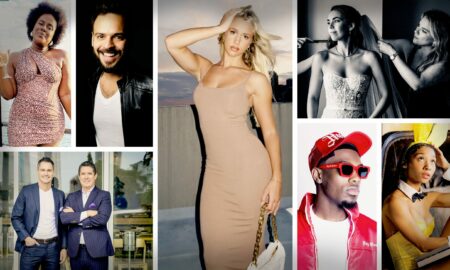
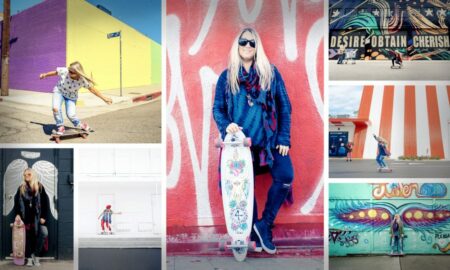

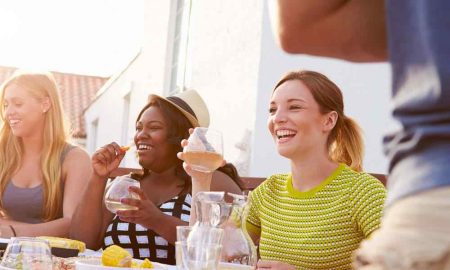
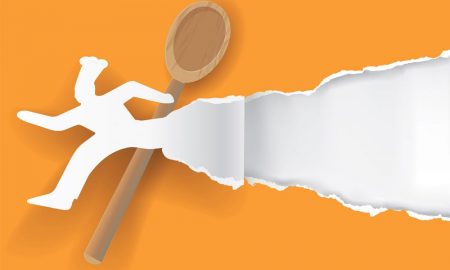




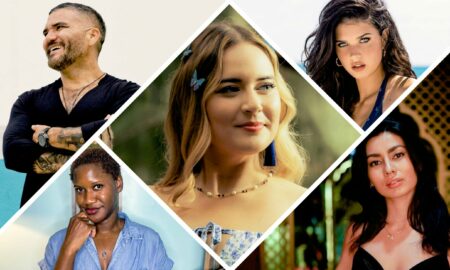

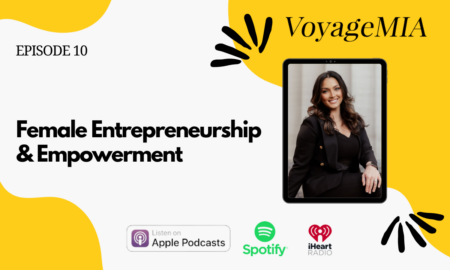
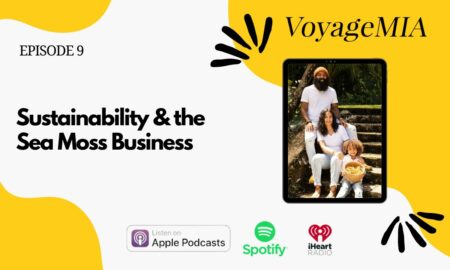
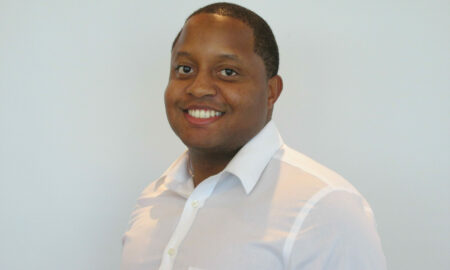
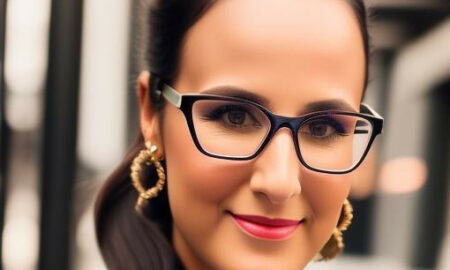
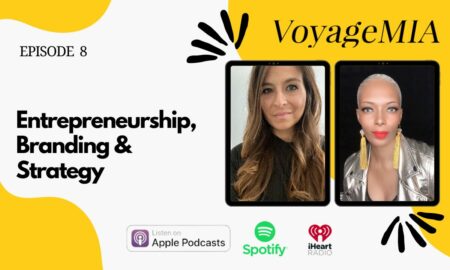
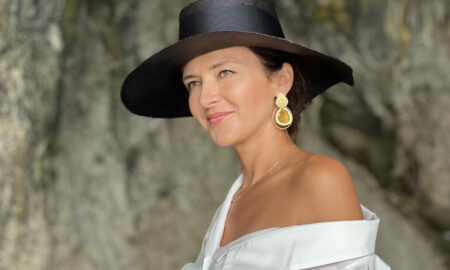
Dainy Tapia
October 22, 2018 at 3:24 pm
Congratulations for being featured and for a truly remarkable and inspiring career! I really enjoyed reading your story. Wishing you much continued success!
KATHERINE CHACON
June 13, 2019 at 3:17 am
Thank you Dainy. I haven´t read your comment until today. You have been so kind!